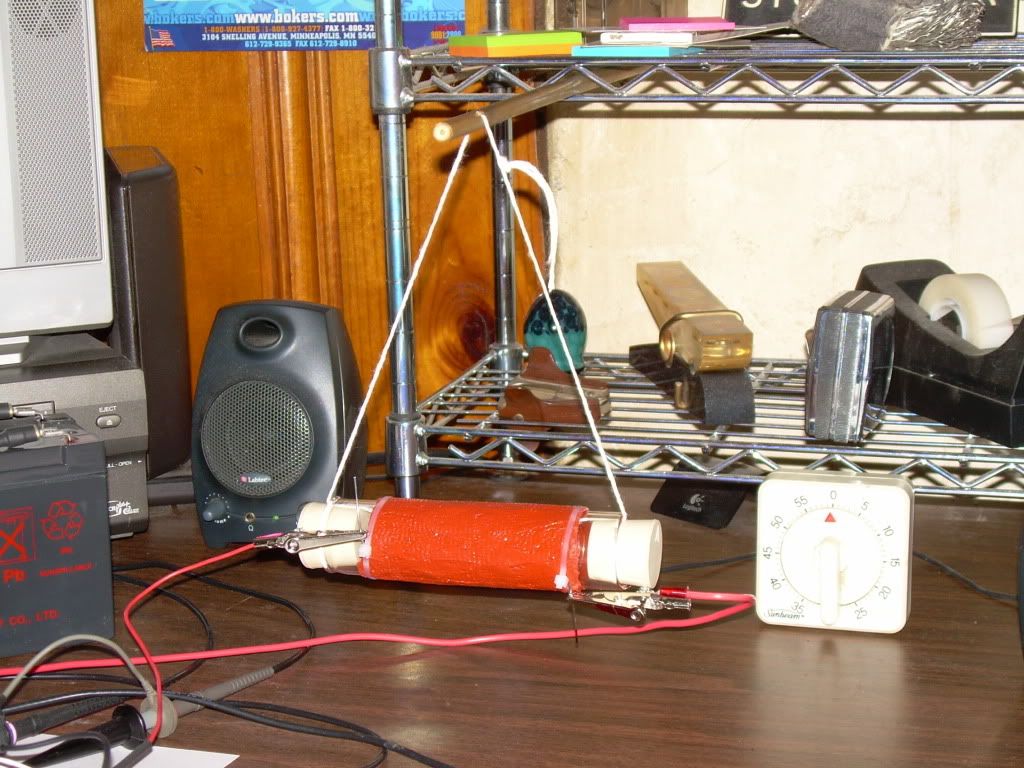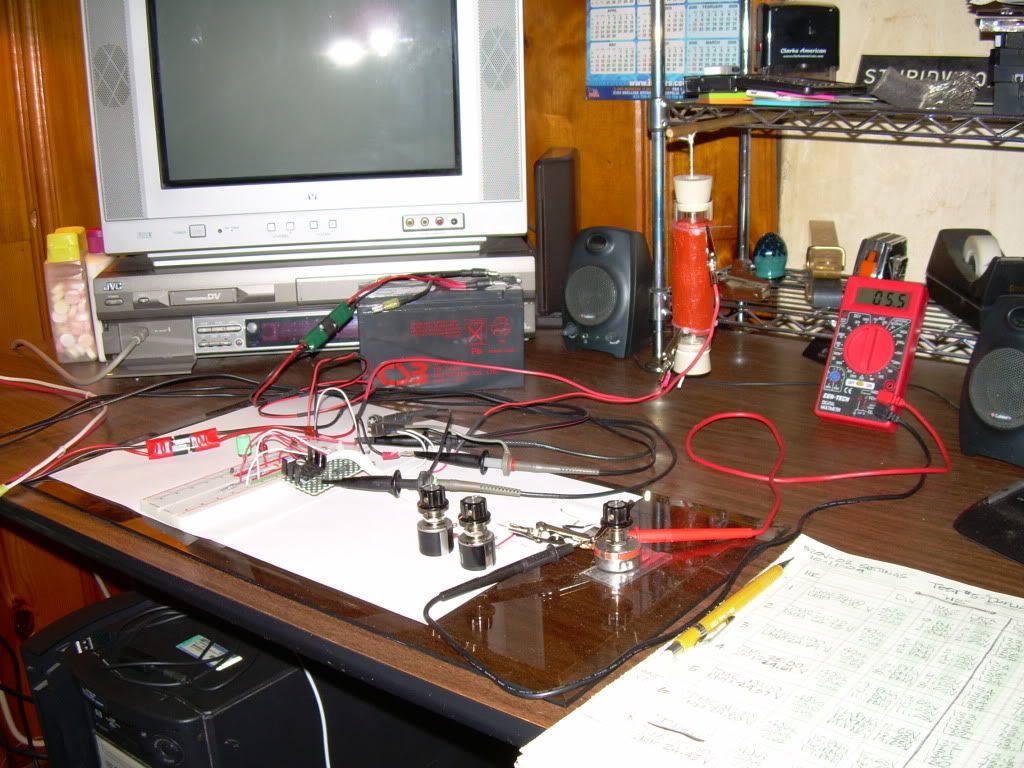Originally posted by Harvey
View Post
Those two images the 40us and the 20us is part of the wave form oscillation light show from the TDS 3054C, it gets washed out some with the white screen background in the .PNG's small data file ..... much more impressive in person with the black background and I'm unable to change it, so it looks missing but no parts really are missing ....
Glen













 Your documentation of the tests are impeccable.
Your documentation of the tests are impeccable. The second, although visibly obvious, the actions may be a bit more subtle - that is the closed resistor. As resistive materials increase in temperature, they also increase in resistance. This is a self regulating feature of this particular circuit, but it may open some insight as to how the energy flow interacts. MH's chimney arrangement provided a continuous convection of new cool air to chill the resistor. It's effect is evident in the temperature readings that shows a clear cyclic heating and cooling. As the resistor cools, the convection stops, then as it heats it starts up again. I have to give the implications some thought as to how the disallowed dissipation of the horizontal plugged version steals from the battery recharge - very counter intuitive, but may be related to the phase shift of the current in some way. The results were unexpected.
The second, although visibly obvious, the actions may be a bit more subtle - that is the closed resistor. As resistive materials increase in temperature, they also increase in resistance. This is a self regulating feature of this particular circuit, but it may open some insight as to how the energy flow interacts. MH's chimney arrangement provided a continuous convection of new cool air to chill the resistor. It's effect is evident in the temperature readings that shows a clear cyclic heating and cooling. As the resistor cools, the convection stops, then as it heats it starts up again. I have to give the implications some thought as to how the disallowed dissipation of the horizontal plugged version steals from the battery recharge - very counter intuitive, but may be related to the phase shift of the current in some way. The results were unexpected.













Comment